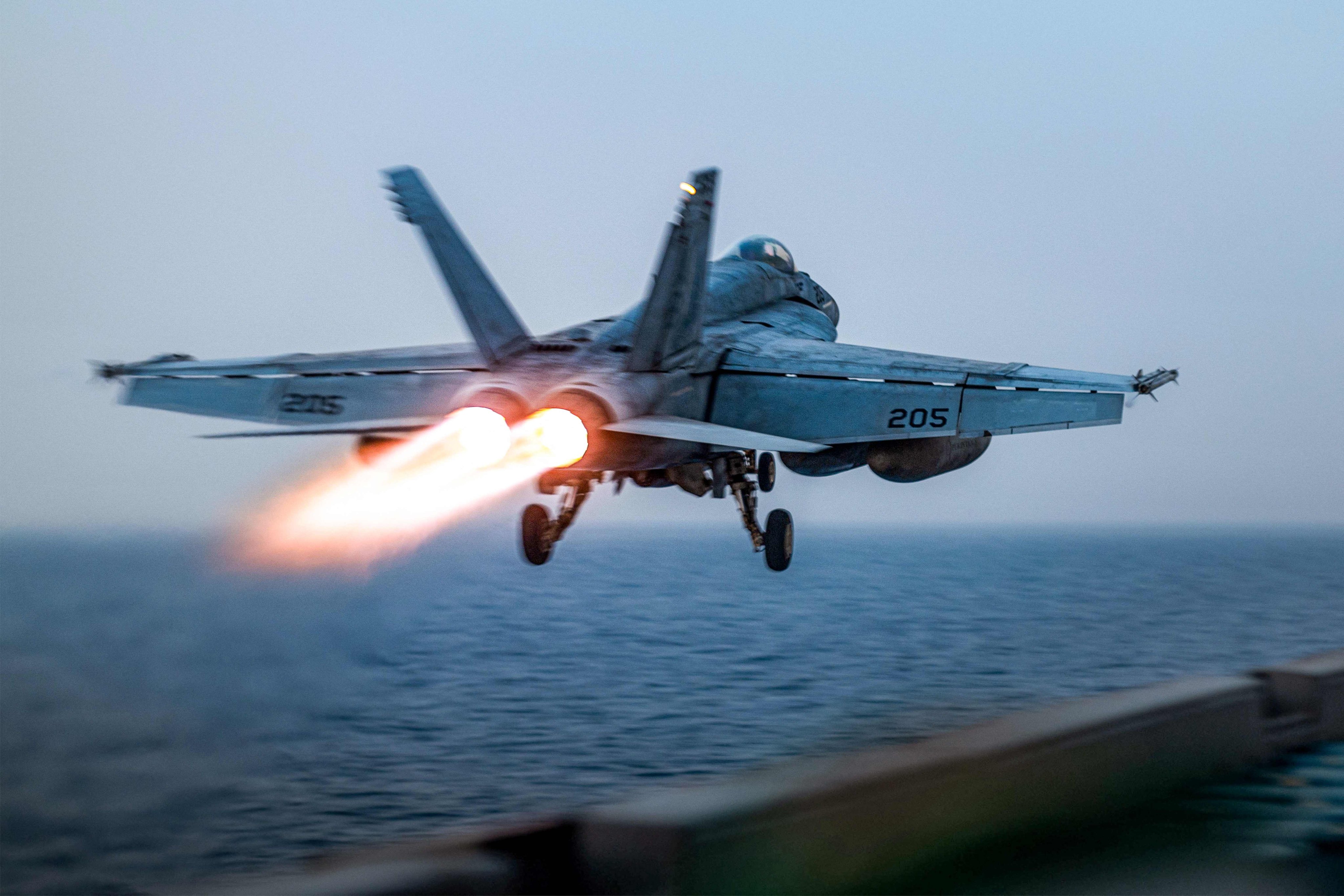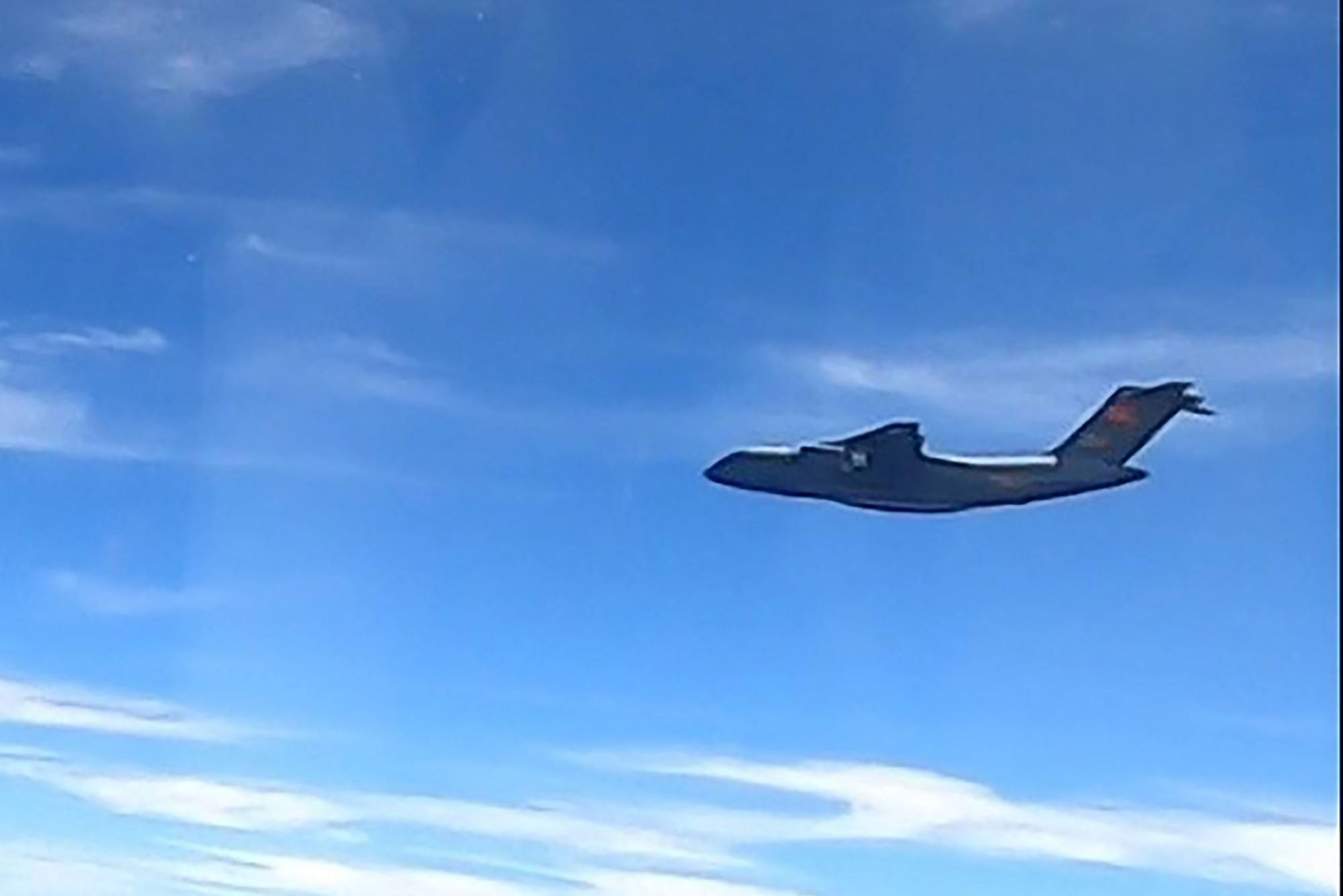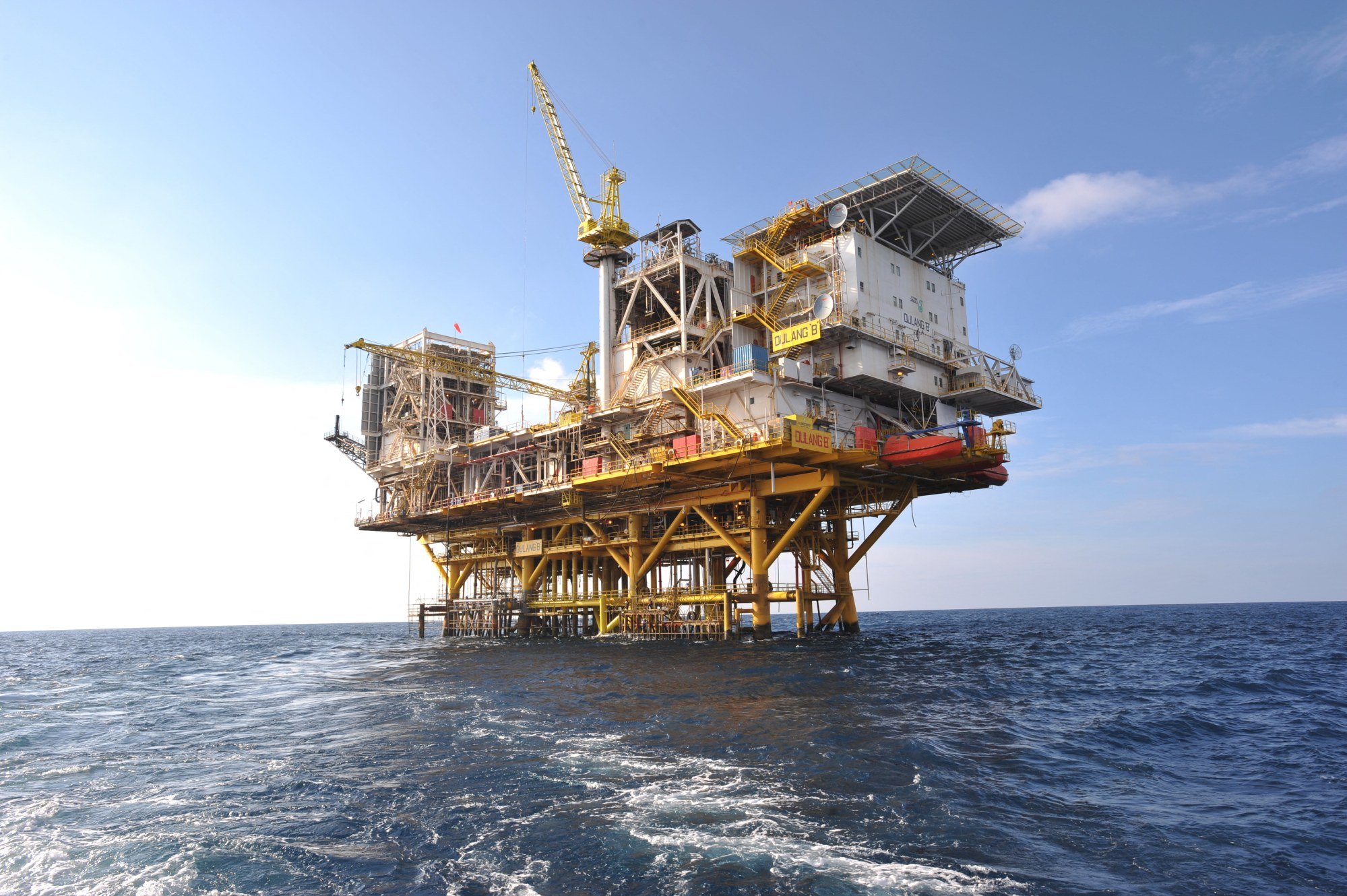Malaysia’s fighter jet deal to ‘quietly’ boost South China Sea defences
The jets are part of a close, ‘under the radar’ US-Malaysia defence partnership, even as Kuala Lumpur continues engaging China positively, analysts say

The United States’ approval of Malaysia’s purchase of dozens of fighter jets is set to bolster the Southeast Asian country’s air capabilities – especially in the South China Sea – as part of a strategy to “quietly” build deterrence while also preserving cordial ties with China.
Royal Malaysian Air Force (RMAF) chief General Tan Sri Asghar Khan Goriman Khan confirmed during a June 17 briefing that Washington had approved Malaysia’s request to acquire up to 33 used F/A-18C/D Hornet fighter jets from Kuwait.
The move, which requires congressional sign-off under the US Arms Export Control Act, comes after years of negotiations that began in 2017. Malaysian Deputy Defence Minister Adly Zahari has said the deal is expected to be finalised this year.
Abdul Rahman Yaacob, a research fellow at the Lowy Institute’s Southeast Asia programme, said the purchase of the fighter jets would significantly bolster Malaysia’s air defence capabilities.
“This is critical in East Malaysia, where Malaysia’s energy blocks are located in the South China Sea, close to Sarawak,” Rahman said.
If deployed in East Malaysia, the Hornets would complement newly developed naval facilities in Sarawak and demonstrate Kuala Lumpur’s efforts to build deterrence in an area that had seen increasing Chinese activity, Rahman added.
Last year, the RMAF began strengthening its air surveillance capabilities in East Malaysia by deploying US-supplied AN/TP77 and French GM400A radars. These long-range radars enable Malaysia to monitor the airspace over its exclusive economic zone in the South China Sea.
Rahman said Washington was also expected to provide support to ensure the Kuwaiti aircraft were up to date and to strengthen the Southeast Asian country’s maritime domain awareness.
“These projects reflect a close US-Malaysia defence partnership, which is generally kept under the radar. It also reflects the Malaysian government’s policy of engaging China positively while quietly building up Malaysia’s defence capabilities,” Rahman added.
The RMAF’s current fleet was insufficient in covering both Peninsula and East Malaysia, Rahman said, noting that in 2021 the country could only send its old Hawks to deter Chinese combat aircraft that were spotted flying towards Malaysian airspace.
In May 2021, 16 Chinese military transport aircraft – identified as Ilyushin Il-76 and Xian Y-20 strategic transporters by the RMAF – were detected flying near Malaysian airspace over the South China Sea.
Unhandled type: inline-plus-widget {“type”:”inline-plus-widget”}
Kuala Lumpur protested against the incident, describing it as a “serious threat to national sovereignty and flight safety”, and summoned the Chinese ambassador.
Beijing said the planes were conducting routine flight training and “strictly abided by” international law without violating the airspace of other countries.

Oh Ei Sun, principal adviser at the Pacific Research Centre of Malaysia, said the upgrade in terms of numbers and technology was needed as the RMAF had to patrol vast land and sea territory.
“[This includes] not only in the South China Sea, but also the Sulu Sea and the Malacca Strait,” Oh said.
The acquisition of used as opposed to new aircraft, Oh said, was due primarily to financial constraints, although maintenance cost could also be a concern moving forward.
Rahman said air domain awareness and defence was a major weakness for Malaysia, and the RMAF did not have sufficient air defence capabilities, including the Ground Based Air Defence System.
The latter is designed to protect land-based assets and forces from aerial threats, including aircraft, drones and missiles, and is said to be crucial for ensuring the safety of critical infrastructure and personnel.
Kuala Lumpur is said to be buying more additional radar systems to strengthen its air defence capabilities, most notably through the acquisition of two more Ground Master 400 alpha (GM400α) long-range air surveillance radars from the French to add to its current two.
The radars will be deployed in Peninsular and Eastern Malaysia to improve situational awareness and detection of various threats, including low-flying and fast-moving targets.
Under the US-Malaysia military partnership, both sides conduct frequent bilateral and multilateral joint exercises, such as Bersama Warrior and CARAT Malaysia.
Washington also provides support in strengthening Malaysia’s defence capabilities, including through training and equipment transfers.

Malaysia, like Vietnam, is taking a “softer” approach with China regarding the South China Sea, mostly “done behind the scenes through diplomatic channels”, according to Rahman, to avoid embarrassing Beijing publicly.
“One former Vietnamese defence official advised that when engaging China, Beijing must not lose face. This is the same approach undertaken by Malaysia,” Rahman said.
While there have been several encounters with Chinese vessels at Malaysian state energy firm Petronas’ oil and gas projects in recent years, Malaysia and China have said they will seek to peacefully resolve disputes in the South China Sea.
Prime Minister Anwar Ibrahim has said Petronas will continue its exploration activities in Malaysia’s exclusive economic zone, despite objections from China.